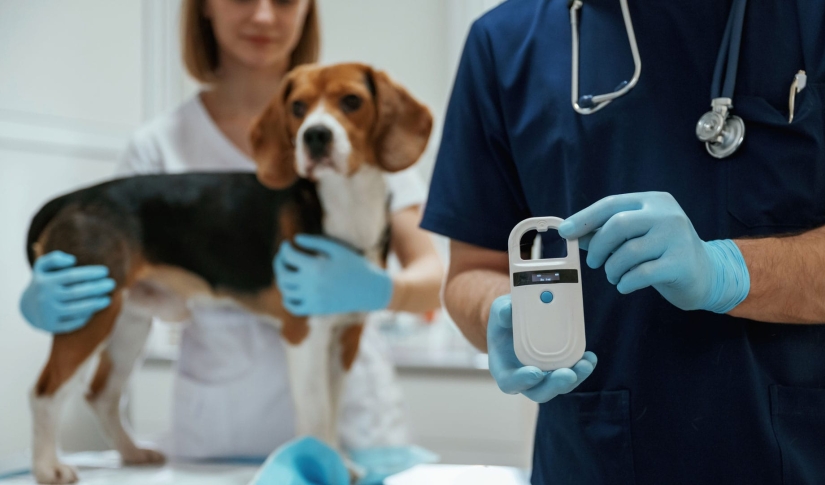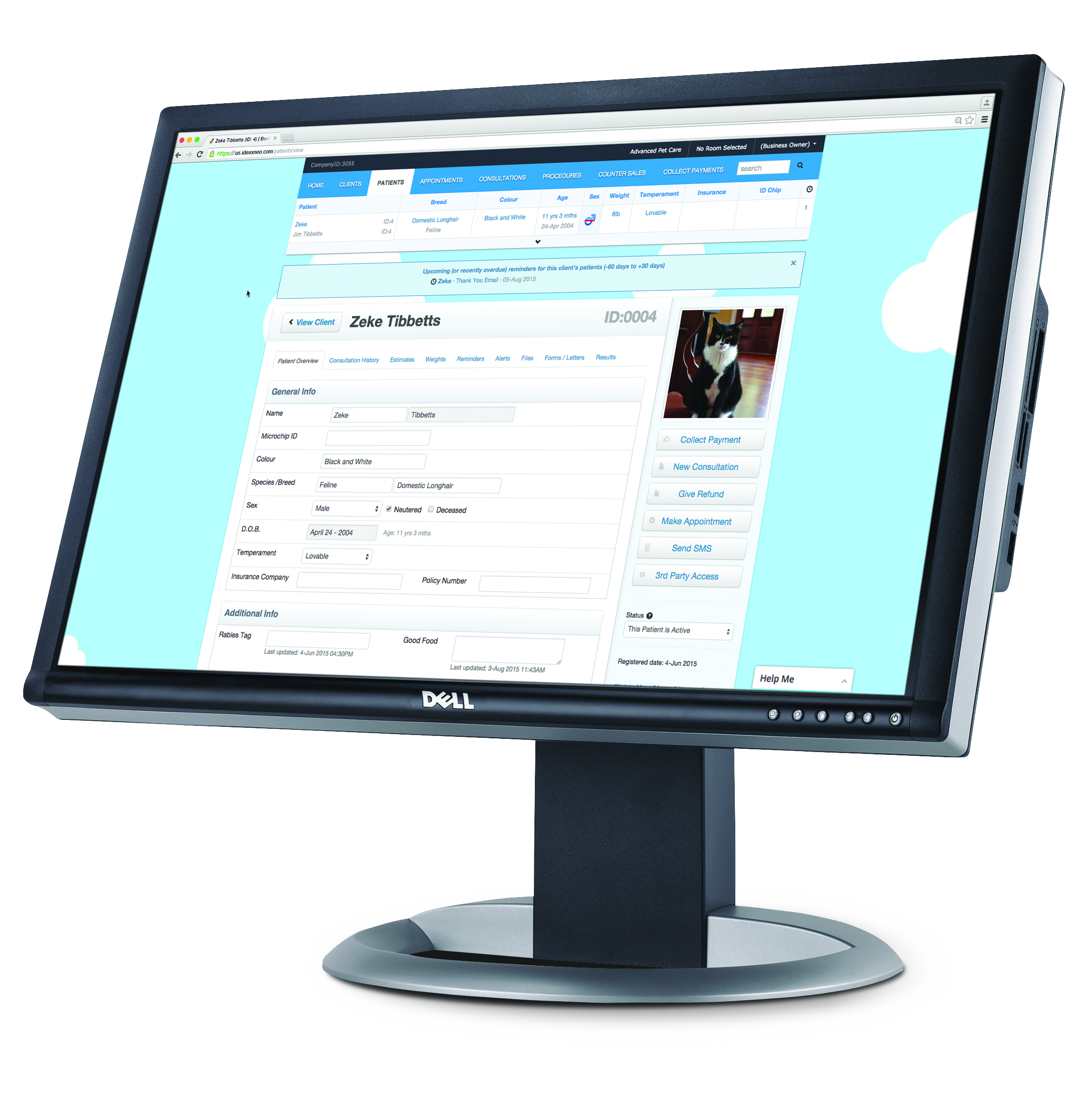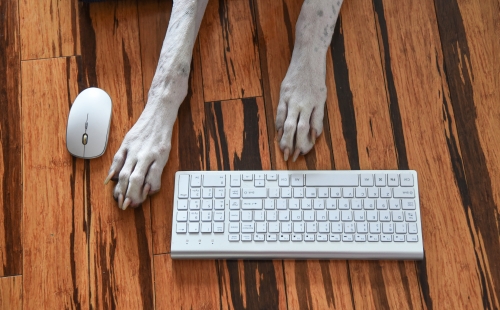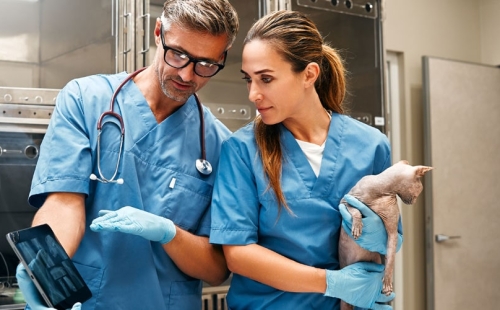The Future of Pet Health Monitoring: Wearable Technology In Veterinary Practice

Thanks to a push from the COVID-19 pandemic, technology has quickly overtaken veterinarian medicine. One exciting recent development that mirrors a similar trend in people is wearable technology. Wearable activity trackers and health monitoring devices give pet owners and veterinary professionals unprecedented access to real-time data about their pets’ well-being.
Feedback on activity levels and vital signs can prompt pet owners to make healthy choices for their pets and help them recognize early signs of illness. Early detection of potential health issues makes wearable devices game-changers in veterinary medicine. Here's how the data can help you help your patients.
What are wearable devices in veterinary medicine?
Pet wearable technologies function similarly to human fitness trackers and smartwatches. Smart collars, GPS tracking units, and health monitoring devices collect key health data and behavioral metrics for a non-invasive look at overall health and wellness. These monitoring devices track vital signs like heart rate, respiratory rate, sleep patterns, and steps.
Wearable technology can alert pet parents to behavioral and physical health problems. For example, a pet owner may not know their dog has separation anxiety until they leave for the day and receive an alert about excessive activity or barking. Continuous glucose monitoring for diabetic pets also falls into the wearable technology category.
The role of wearable technology in veterinary medicine
Wearable technology empowers pet owners to adopt a proactive health mindset to learn everything they can about their pets and support their health. Pet owners using wearable tech may be more likely to accept preventive care recommendations and schedule more frequent veterinary visits. Monitoring a pet’s health data allows pet owners and veterinary professionals to detect patterns and irregularities and intervene before they become serious problems.
Want more content like this?
Sign up for The Connected Practice Newsletter
Health monitoring devices have also been incorporated into telehealth platforms to expand remote care capabilities and allow veterinarians to review real-time data remotely. Cloud-based systems can store and analyze the collected data so the veterinarian can develop a personalized treatment plan. This connectivity improves access to veterinary care by pushing the limits of what’s possible at home and reducing unnecessary visits to the veterinary clinic.
Advancements in AI and data analysis
Artificial intelligence has made wearable technology more sophisticated. The monitoring devices’ AI-powered algorithms can analyze large amounts of health data and detect extremely subtle changes that humans might miss or misunderstand. Similar to how your Garmin watch can tell you when you’re stressed, animal wearables detect when pets aren’t feeling their best. When a pet presents at a clinic, their veterinarian can review past data and metrics and compare them to current data to formulate a treatment plan.
The future of wearable technology in veterinary medicine
As wearable technology evolves, its impact on veterinary medicine will likely expand. Like any technology, wearables will improve in quality and capability over time. As wearable popularity builds, we’ll see more applications, devices, and veterinary practice management software integrations to analyze data and provide actionable advice.
For pet parents, the peace of mind that comes from tracking their pet’s health data and location 24/7 is invaluable. The addition of GPS to health devices provides an extra layer of protection over microchips and ID tags if pets get lost. As veterinarians integrate monitoring devices into their practices, pets benefit from more personalized, data-driven treatment plans.
Whether a smart collar tracking activity levels or an AI-powered system analyzing vital signs, wearable devices enhance veterinary care in ways we never imagined. As technology improves, so does our ability to offer real-time insights, enabling pet owners and veterinary professionals to work together to keep pets healthier, happier, and more active throughout their lives.




